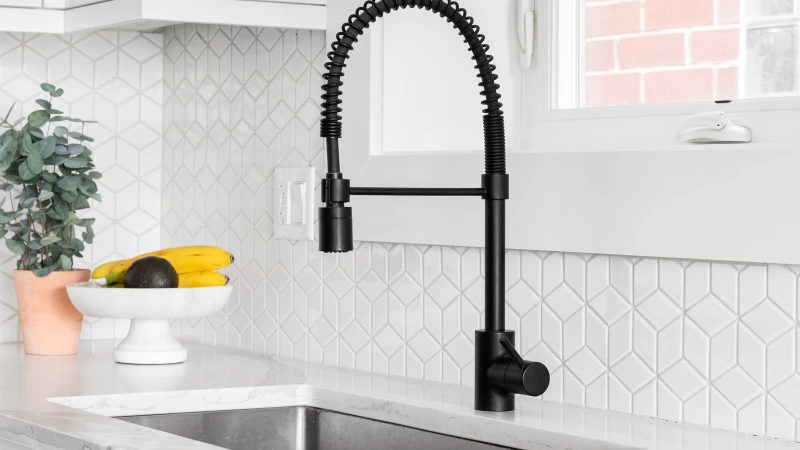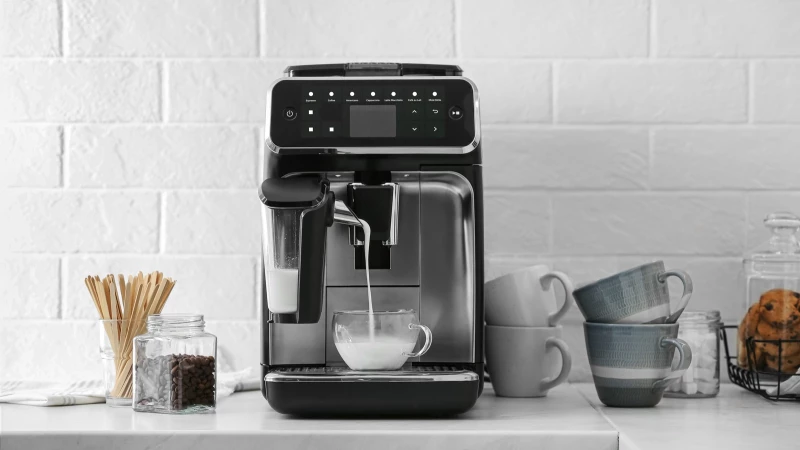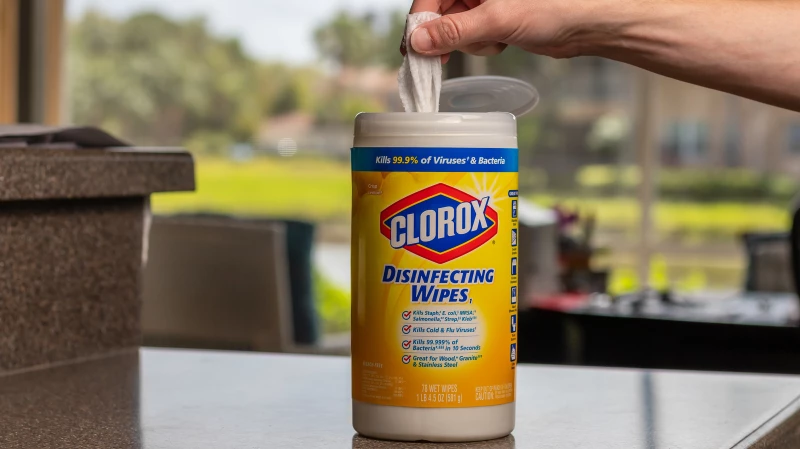Uncovering Hidden Treasures in Estate Sales
For bargain-seeking homeowners, flippers, collectors, and designers, estate sales have become a popular hunting ground. People eagerly anticipate scheduled events, clear their schedules, and travel long distances to snag coveted items at estate sales, often at a fraction of their retail prices. While art, vinyl records, and antique jewelry are among the most coveted finds, furniture also holds great potential.
However, navigating through furniture pieces at estate sales can be overwhelming, especially if you are not well-versed in the work of era-defining furniture designers. Without the knowledge of distinguishing between a valuable piece and a rip-off, the task can seem daunting.
To provide expert guidance, House Digest interviewed Dr. Lori Verderame, a renowned appraiser and media personality known for her appearances on the History Channel and Netflix. With over 40 million views on her YouTube channel, Dr. Verderame has been educating and captivating audiences on the art of spotting treasures for years.
According to Dr. Verderame, when it comes to furniture, keep an eye out for pieces by iconic designers such as Harry Bertoia, Ray Eames, Heywood Wakefield, Hans Wegner, and Knoll International, particularly in the popular midcentury modern style.
So, the next time you find yourself at an estate sale, armed with this knowledge, you may just uncover a hidden gem among the furniture pieces on offer.
The obsession with midcentury modern furniture, often attributed to the influence of "Mad Men," has remained strong, blending elegance, functionality, and durability. These designs from the 1930s to the 1960s have found a place in many homes, despite their high prices. However, with a growing focus on recycling and sustainability, eco-conscious consumers are turning to thrifting designer pieces from estate sales. One follower of Lori Verderame, Ph.D., shared finding an original Charles and Ray Eames chair for just $2, a steal compared to its usual $1,200 price tag.
Authenticating designer furniture can be tricky, especially with sellers trying to pass off replicas as originals. Dr. Verderame advises looking for solid hardwoods, manufacturer's marks, quality materials, and innovative designs to ensure authenticity. Manufacturer's marks can provide valuable information about style, pricing, and potential reproductions. Platforms like Chairish, 1stDibs, and personal brand websites offer insights into iconic styles like Bertoia's diamond chair, Wegner's wishbone chair, Eames loungers, Heywood-Wakefield's sleepy hollow chair, and Knoll's Barcelona chairs.
Price it right
Once you've authenticated a rare designer piece and checked its condition, the next step is pricing. Dr. Verderame emphasizes the importance of assessing the item's condition before making a purchase. Consider the potential restoration costs if the piece is in poor shape, especially when buying from estate sales.
In a recent discussion about furniture restoration, a specialist emphasized the importance of considering repair costs in relation to the item's value. For instance, she mentioned a 19th-century chair valued at $500 that required $200 worth of repairs to restore its functionality. Despite the additional cost, the chair was still deemed a worthwhile purchase as the repair expenses could be recuperated.
Furthermore, the specialist advised buyers to negotiate prices when shopping at estate sales. By carefully inspecting pieces for damages or defects, individuals can determine if the asking price is fair. Additionally, she recommended bringing Post-it notes to claim desired items without the risk of losing them to other shoppers.






